tle: 10 Strategies to Promote Environmental Protection
Environmental protection is a critical issue that demands immediate attention from individuals, communities, and governments worldwide. It is essential to recognize that the health of our planet directly correlates with our own well-being. Therefore, adopting sustainable practices and implementing effective measures to safeguard our environment is not only morally right but also economically sensible. In this article, we explore ten practical strategies for promoting environmental protection.
-
Reduce, Reuse, Recycle: The cornerstone of any environmental sustainability program should be the reduction of waste. Reducing waste means minimizing the amount of materials used in production and consumption. Reusing materials instead of disposing of them can significantly reduce the demand for raw materials and decrease pollution. Finally, recycling helps to repurpose materials that might otherwise end up in landfills, conserving resources and reducing greenhouse gas emissions.
-
Energy Efficiency: Energy efficiency is crucial in mitigating the impact of human activities on the environment. Simple actions like turning off lights when leaving a room, using energy-efficient appliances, and installing solar panels can lead to significant energy savings. Governments and businesses should invest in renewable energy sources, such as wind or solar power, to replace fossil fuels.
-
Sustainable Agriculture: Farmers play a vital role in preserving biodiversity and maintaining soil health. Sustainable farming practices involve using natural fertilizers, crop rotation, and integrated pest management techniques. These methods help to reduce chemical use, minimize soil erosion, and enhance water retention, all of which are crucial in combating climate change.
-
Water Conservation: Water is one of the most precious resources on Earth. Encouraging water conservation through practices like fixing leaky faucets, rainwater harvesting, and efficient irrigation systems can significantly reduce our water usage. Additionally, raising awareness about the importance of water conservation can motivate communities to take responsibility for their water consumption.

-
Green Infrastructure: Green infrastructure projects, such as urban green spaces, stormwater management systems, and green roofs, can help to improve air quality and reduce flooding risks. Such initiatives also provide habitat for wildlife, promote biodiversity, and enhance public health by improving air quality and providing a safer environment.
-
Carbon Offsetting: Carbon offset policies allow individuals and organizations to compensate for the carbon emissions they have caused. This can be achieved through various means, including investing in renewable energy projects, planting trees, or supporting sustainable agriculture. By compensating for their carbon footprint, individuals can demonstrate their commitment to reducing their environmental impact.
-
Education and Awareness: Educating the public about the importance of environmental protection and the benefits of sustainable practices can inspire behavior change. Schools, community centers, and media outlets can host workshops, campaigns, and educational programs to raise awareness about environmental issues and encourage responsible consumer choices.
-
Regulation and Legislation: Governments must establish and enforce laws and regulations that protect the environment. This includes setting targets for reducing emissions, enforcing strict rules on industrial pollution, and imposing penalties for non-compliance. By creating a regulatory framework, governments can ensure that industries prioritize environmental sustainability.
-
Public Participation: Public involvement in environmental protection efforts can drive positive change. Encouraging citizens to participate in local clean-up campaigns, volunteering at environmental organizations, and advocating for environmentally friendly policies can all contribute to a more sustainable future.
-
Technology and Innovation: Advances in technology hold great promise for environmental protection. From innovative waste management systems to renewable energy technologies, technological advancements can help us overcome challenges related to environmental degradation. Investing in research and development can lead to groundbreaking innovations that can transform our relationship with nature.
In conclusion, protecting the environment requires a collective effort from individuals, communities, and governments alike. By following these ten strategies, we can work towards a more sustainable future where resources are conserved, ecosystems are preserved, and our planet remains habitable for generations to come. Remember, every small step counts in the grand scheme of environmental stewardship. Let us commit ourselves to making a difference today, for the sake of our
本文来自作者[许慕晴]投稿,不代表臻货网立场,如若转载,请注明出处:https://www.zhenhuowang.com/jyhz/202506-4187.html


评论列表(4条)
我是臻货网的签约作者“许慕晴”!
希望本篇文章《保护环境的方法和措施英语:保护环境的方法10条英语》能对你有所帮助!
本站[臻货网]内容主要涵盖:百科大全、知识汇总、百科经验、常识大全、科普解惑、经验汇总等
本文概览:tle: 10 Strategies to Promote Environmental ProtectionEnvironmental protection is a crit...